I’ve been growing calendula for years, and while the stunning petals garner much attention, it’s equally intriguing to explore the overlooked aspect of this plant: its seeds.
What do calendula seeds look like?
Calendula seeds have a distinct, elongated, cylindrical, and curved shape. Many liken them to small, curved worms, while others say they resemble small crescent moons.
These tiny seeds typically measure 2-4 millimeters in length and 1-2 millimeters in width. As they mature, they adopt a range of brown hues, from light tans to darker shades of brown.
In this article, I’ll take a look at:
- The characteristics of calendula seeds (their shape, size, color, texture)
- Why do calendula seeds look this way
- What the benefits are of knowing how they look (there are many!)

Characteristics of Calendula Seeds
| Shape | Elongated, cylindrical, and curved |
| Size | 2 – 4 mm |
| Color | Pale green, tan, and brown |
| Texture | Slightly rough |
| Resemblance | Curved, small worms; small crescent moons |
| Edibility | Yes |
| Uses | Gardening, culinary ingredients, traditional herbal medicine, herbal infusions, and ornamental use |
| Germination Time | 5 – 14 days |
| Planting Season | Spring and autumn |
| Flower Season | Spring, autumn, and winter |
| Lifespan | Annual (life cycle completes within one year) |
| Common Name | Pot marigold |
| Scientific Name | Calendula officinalis |
| Country of Origin | Mediterranean region of Europe (Spain, Italy, Greece, and parts of North Africa) |
| Geographical Distribution | Global |
Shape
Calendula seeds are elongated in nature. They also have a tubular form, resembling a small cylinder.
The seeds’ shape looks similar to the shape of a pencil or straw, and the diameter is consistent throughout the seeds’ length.
Another way to describe the seeds’ form is that they’re curved. The seeds have a gentle curve or bend along the seeds’ length, resembling a crescent shape.
Size
The size of calendula seeds can vary depending on the specific variety and other conditions. But they’re typically small, measuring between 2 to 4 millimeters in length and 1 to 2 millimeters in width.
The seed’s size can affect seed viability. Bigger seeds tend to have a higher germination rate than smaller ones.
Color
The seeds exhibit various shades within the brown color spectrum. Some mature calendula seeds tend to have a tan color, while other mature ones are darker or brown.
The specific shade of brown among different calendula seeds varies and is influenced by factors such as genetics, maturity, and environmental conditions during seed development.
It’s common to see calendula seeds with a pale green hue, especially during their less mature stages.
Texture
The texture of calendula seeds is slightly rough. When you touch the seeds, you feel subtle spikes or irregularities.
This roughness can vary among individual seeds and is influenced by the variety of calendula, seed maturity, and environmental factors.
Resemblance
The curved nature of calendula seeds gives them a somewhat worm-like appearance to some observers. In contrast, others describe calendula seeds as small crescent moons.
Less mature calendula seeds may exhibit a pale green color reminiscent of tender leaves in early spring.

Why Do Calendula Seeds Look the Way They Do?
The appearance of calendula seeds is influenced by their evolutionary adaptation and reproductive strategies.
Seed Dispersal
The slightly rough, elongated, curved shape and small size of calendula seeds can aid their dispersal.
These physical characteristics allow the seeds to get entangled in the fur or feathers of animals. This facilitates seed transport to new locations and the chances of successful germination.
Birds, insects, and other small animals can also mistake calendula seeds for food because of the seeds’ properties. These animals can carry the seeds to new locations and help to spread the plant’s range.
Protection and Survival
The calendula seeds’ pale green or brown color can provide camouflage, allowing them to blend into their surroundings to prevent predation.
Calendula seeds are covered by a protective outer layer called the seed coat. This outer layer helps protect the seed from harsh environmental conditions such as moisture, microbes, and extreme temperatures.
What Are the Benefits of Knowing How Calendula Seeds Look?
Understanding how calendula seeds look and their specific characteristics can be beneficial for several reasons, including:
Seed Purchase
Knowing the physical features of calendula seeds can help you identify them accurately. This is useful when purchasing or collecting seeds for gardening and other purposes.
Proper identification helps prevent conflation with other seeds, ensuring you buy or gather the correct ones.
Cultivation
Being able to recognize the physical characteristics of calendula seeds can assist you in gardening.
If you can distinguish calendula seeds from other seeds or weeds in your garden, you can adequately care for the correct plant.
Additionally, being able to identify mature calendula seeds helps you determine the best time for seed harvest.
Preservation
Calendula seeds play an important role in preserving plant biodiversity. Knowledge of their physical appearance or properties can help in seed conservation efforts such as community seed exchanges.
It facilitates accurate cataloging and sharing of seed resources. This helps to safeguard the genetic diversity of calendula species for future generations.
Culinary
If you want to use calendula seeds for culinary purposes, knowing how calendula seeds look helps. It enables you to recognize ripe calendula seeds for garnishing salads or baking.
Medicinal Use
Calendula seeds have several medicinal properties. Having the ability to identify calendula seeds ensures you’re using the correct seeds for preparations such as infusions, oils, and salves.
Curiosity and Appreciation
Exploring the appearance of calendula seeds can simply satisfy curiosity. It can encourage a deeper appreciation for the intricacies of nature.
You can observe the physical details of calendula seeds and appreciate the intelligence behind them. This can ignite joy and inspiration.
Summary
So, in a nutshell…
Calendula seeds are elongated, cylindrical, and curved in shape. They’re small, typically measuring 2 to 4 millimeters in length and 1 to 2 millimeters in width.
The seeds exhibit shades of brown when mature, ranging from tan to darker brown. Their texture is slightly rough, resembling tiny, curved worms or small crescent moons.
The appearance of calendula seeds results from their evolutionary adaptation and reproductive strategies.
Knowing how calendula seeds look helps you engage in successful gardening, biodiversity preservation, culinary use, and medicinal application. Lastly, it can also ignite your curiosity and appreciation for nature’s intricacies.
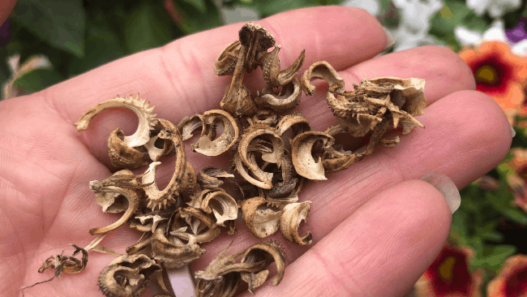



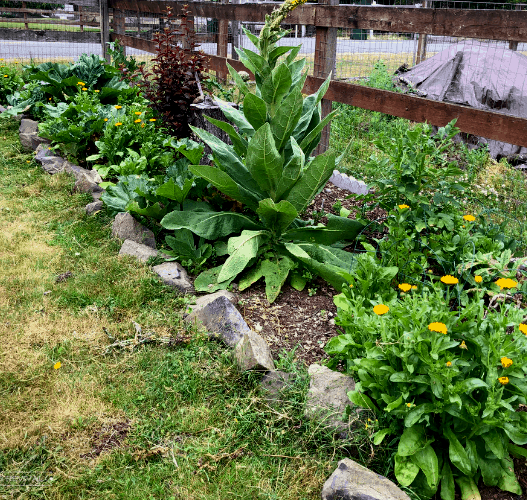


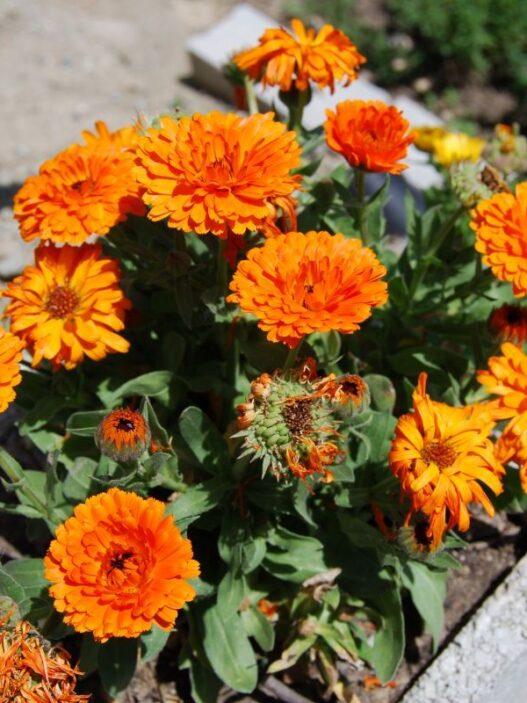

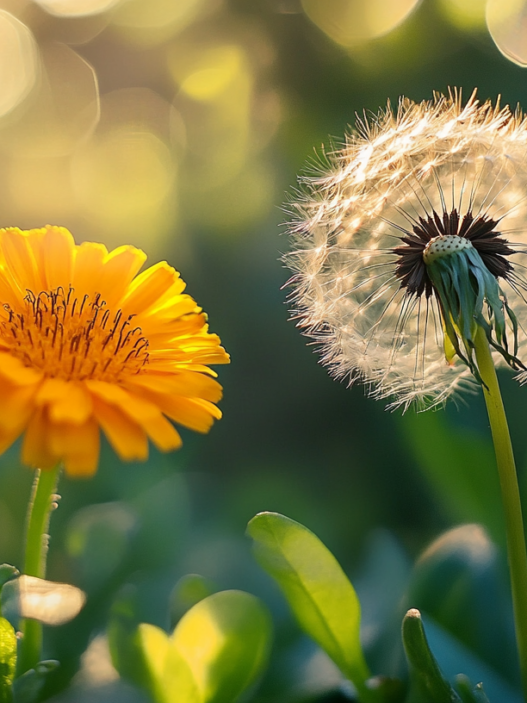
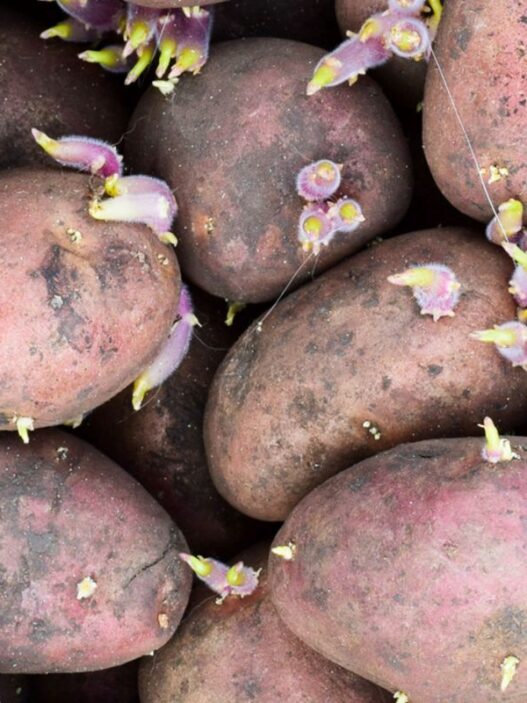

hi, kaylee .. i’m sending a photo of calendula i’ve just separated into two piles .. can you tell ,e are they all calendula seeds, or are the smaller the seeds snd the larger chaffe? .. thank you ..
jane
oops .. don’t know how to load the pic so will email rootedrevival ..
@jane, Jane, you can email the photo of the calendula seeds to hello@rootedrevival.com, and I should be able to help you identify whether both piles contain seeds or if one pile is mostly chaff. Thanks!